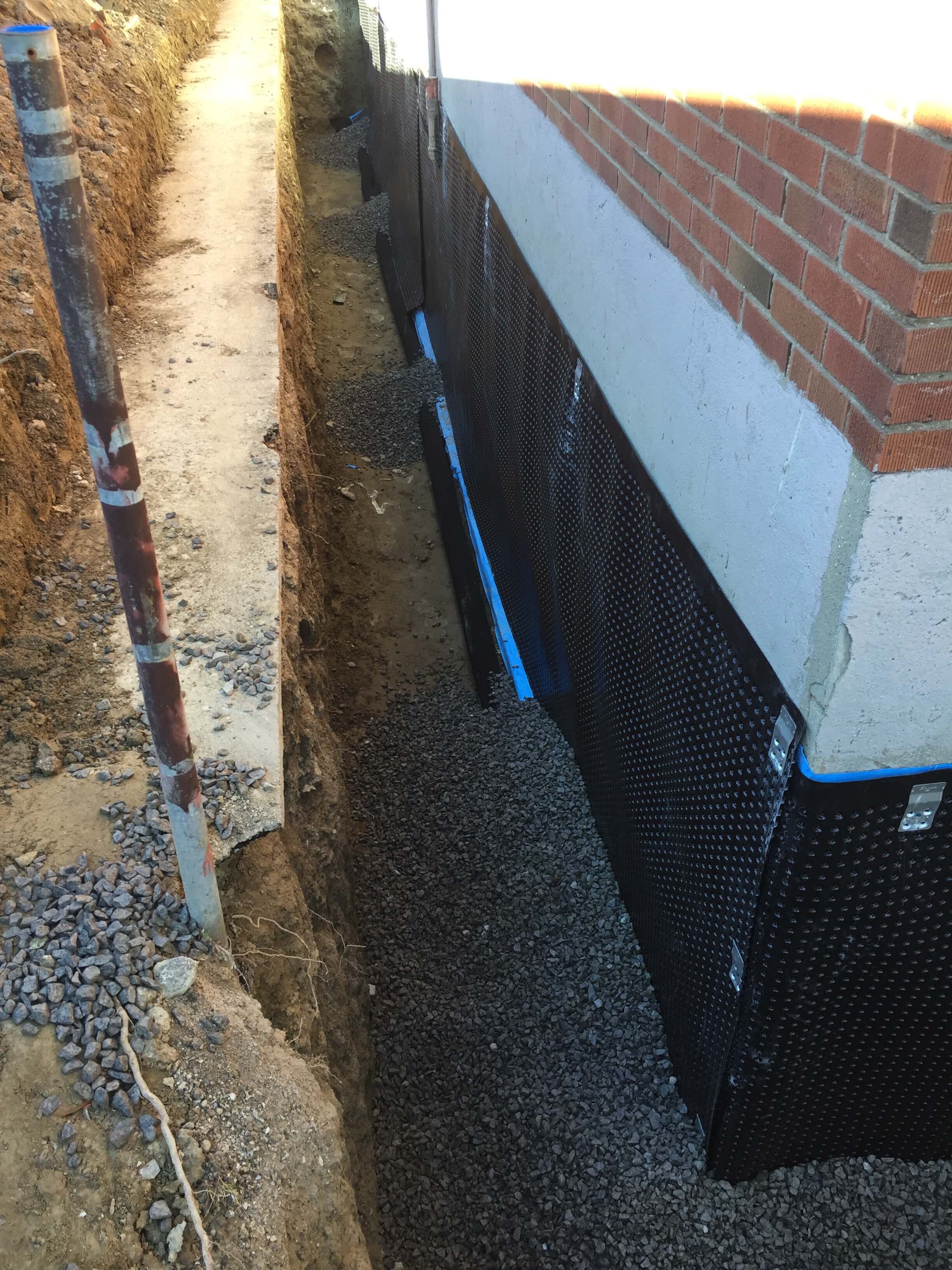Moisture Barrier Myths Debunked: Everything You Should to Know

Waterproofing is a crucial aspect of preserving the integrity of every home or building. Despite https://anotepad.com/notes/79rni3dr , many myths surround this essential practice, causing misunderstandings about its necessity and effectiveness. As a homeowner or property manager, it's vital to separate reality from myth to ensure that your investment is protected from water damage. Ignoring waterproofing can lead to significant financial losses and compromise the safety and comfort of your living or working space.
In this article, we will dispel common waterproofing myths and provide you with the data you need to make knowledgeable decisions for your property. From comprehending why waterproofing is necessary to exploring the various techniques available, we will discuss everything you should know to keep your home safe and dry. Get ready to discover how proper waterproofing can save you a lot in repairs and prolong the lifespan of your property.
Value of Waterproof Solutions
The waterproofing process is a critical aspect of preserving the soundness and longevity of any residential property or building. It safeguards structures from water damage, which can lead to significant repairs and a decline in property value. By putting in place efficient waterproofing strategies, homeowners and builders can avoid moisture intrusion that often results in mold, wood rot, and compromised foundations. This proactive approach not just protects the actual structure but also promotes a healthier home atmosphere.
Neglecting waterproofing can result in substantial financial consequences. Water damage is one of the top reasons of claims to insurance, and the expenses associated with repairs can quickly increase. From addressing leaks to replacing damaged floors and walls, the financial burdens can be overwhelming. Putting resources in waterproofing solutions in advance is a wise decision to save significant amounts in potential repairs, ultimately maintaining the value of the property investment in your real estate.
Moreover, waterproofing is crucial for energy efficiency in buildings. When moisture enters the structure, it can lead to increased moistness and variations in temperature, causing heating and cooling systems to work harder. Well-waterproofed spaces maintain consistent temperatures, which can reduce energy bills and improve overall comfort. This feature of waterproofing not only improves the structure's efficiency but also advocates for green initiatives by minimizing energy consumption.
Frequent Sealing Myths
One prevalent misconception about waterproofing is that it is merely needed for homes in flood-prone areas. Many residents believe that if their home is not a designated flood zone, they can forgo waterproofing measures. However, water seepage can occur in all locations due to severe rains, plumbing problems, or shifts in the landscape. Ignoring waterproofing heightens the risk of mildew, structural damage, and expensive repairs, making it essential for every home and building, regardless of its setting.
Another misconception is that the waterproofing process is a temporary fix. Many homeowners think that once they have installed waterproofing materials, their home will be safe from water damage indefinitely. This is far from the reality, as waterproofing systems can deteriorate over time due to age, exposure to severe conditions, and other environmental factors. Frequent inspections and maintenance are necessary to ensure the effectiveness of waterproofing measures and to address any likely issues before they escalate.

Lastly, there’s a idea that DIY waterproofing is just as successful as hiring a expert. While there are many products available for homeowners to deal with waterproofing on their own, the truth is that achieving the best results often requires expert knowledge and skill. Professional waterproofing contractors are armed with cutting-edge techniques and materials that can provide a superior level of protection and longevity, ultimately saving homeowners time, effort, and money in the future.
Practical Waterproofing Strategies
When it comes to successful waterproofing, a set of approaches customized to your property’s particular needs is important. Indoor waterproofing solutions, such as adding drainage systems and utilizing sealants on foundation walls, can effectively handle moisture that leaks in from the exterior. This is particularly important for basements, where increased humidity can lead to mold and structural damage. Utilizing sump pumps can also aid to divert water away from foundations in areas prone to flooding.
Exterior waterproofing, on the other hand, aims at preventing water from getting into your building at all. This could involve grading your landscape to provide proper drainage, installing waterproof membranes on foundational walls, and ensuring that gutters and downspouts are adequately directing rainwater away from your home. These preventive measures are crucial in shielding your property from water damage and sustaining its structural integrity.
For outdoor spaces, evaluate waterproofing your deck or patio with high-quality coatings that can resist moisture. Choosing waterproofing solutions for balconies, terraces, and even swimming pools helps to prevent costly repairs in the future. Picking the right products for these areas, alongside correct installation, maximizes their lifespan and functionality, securing that your investments remain protected from the elements.
